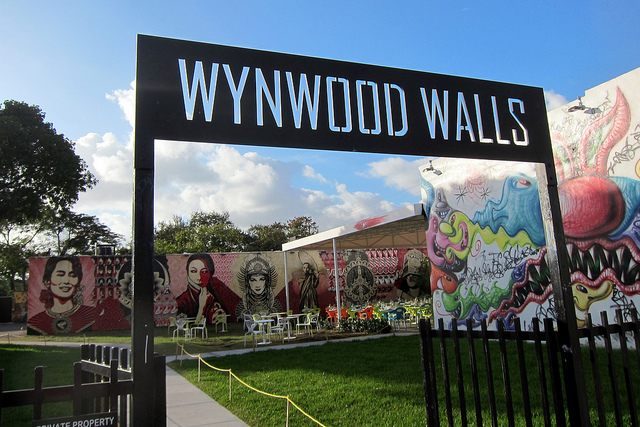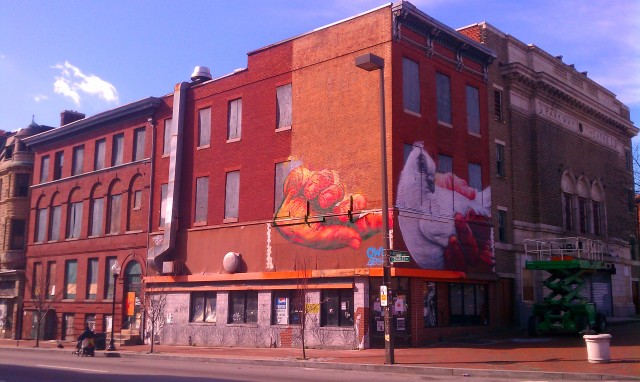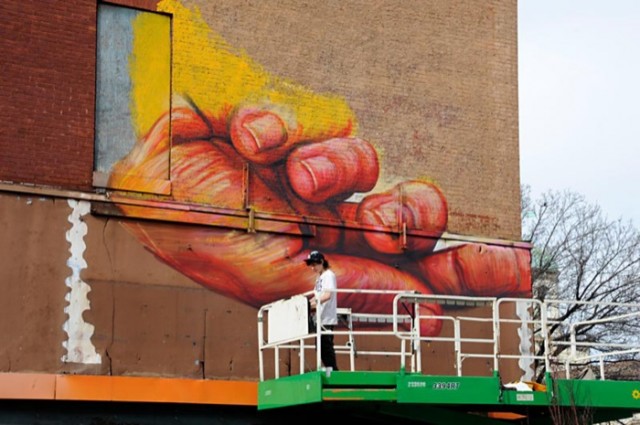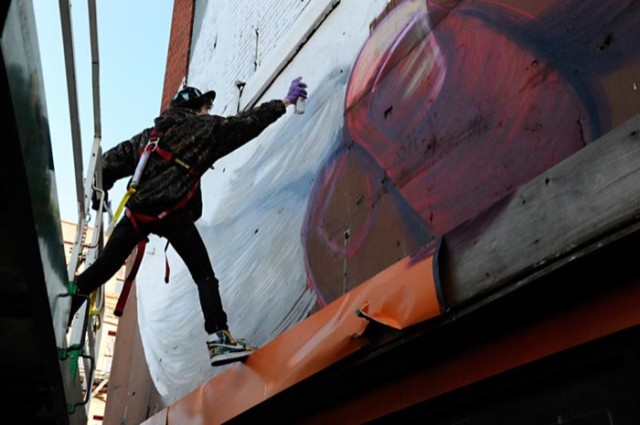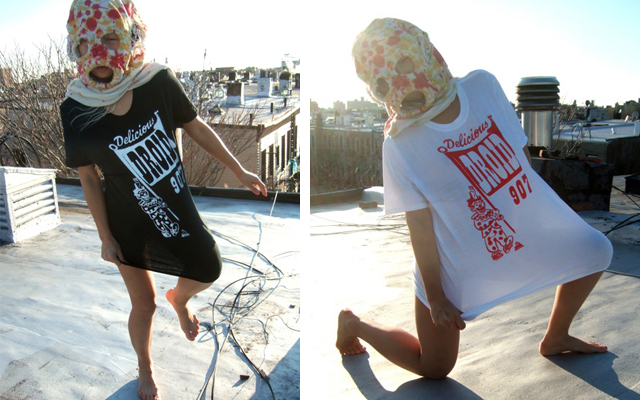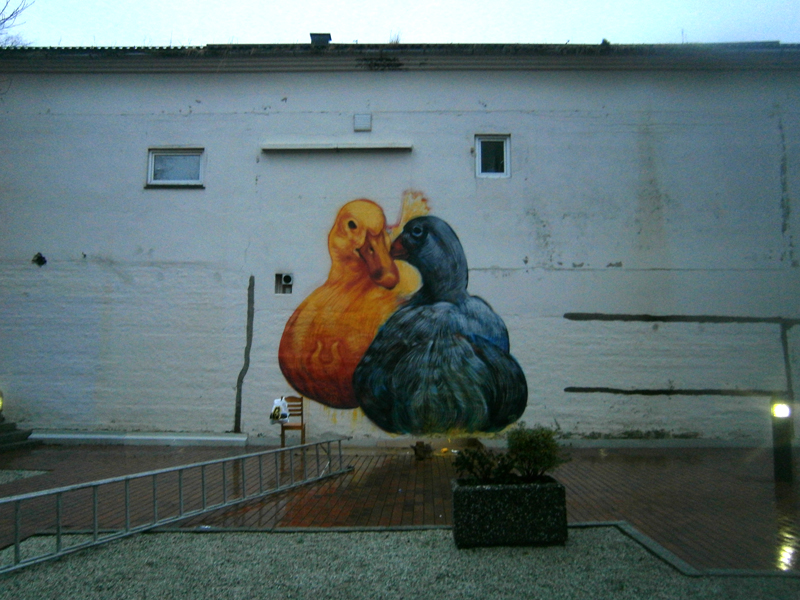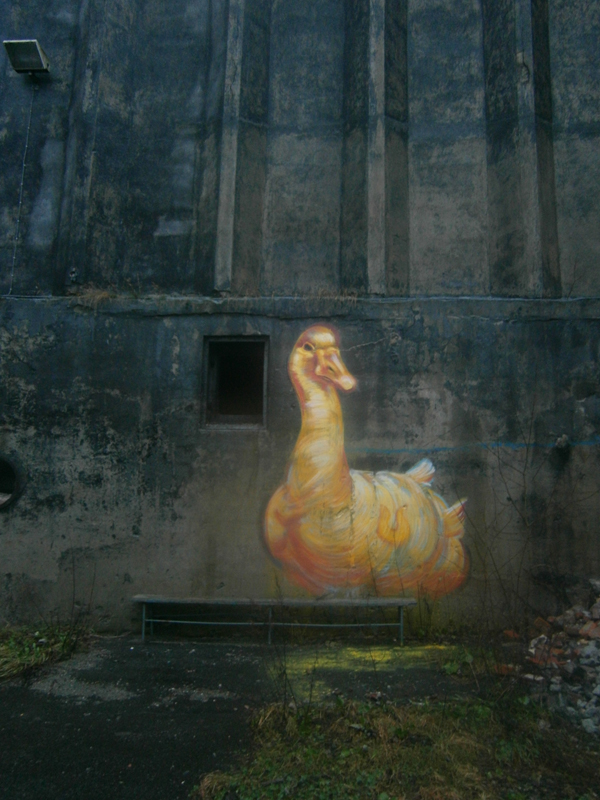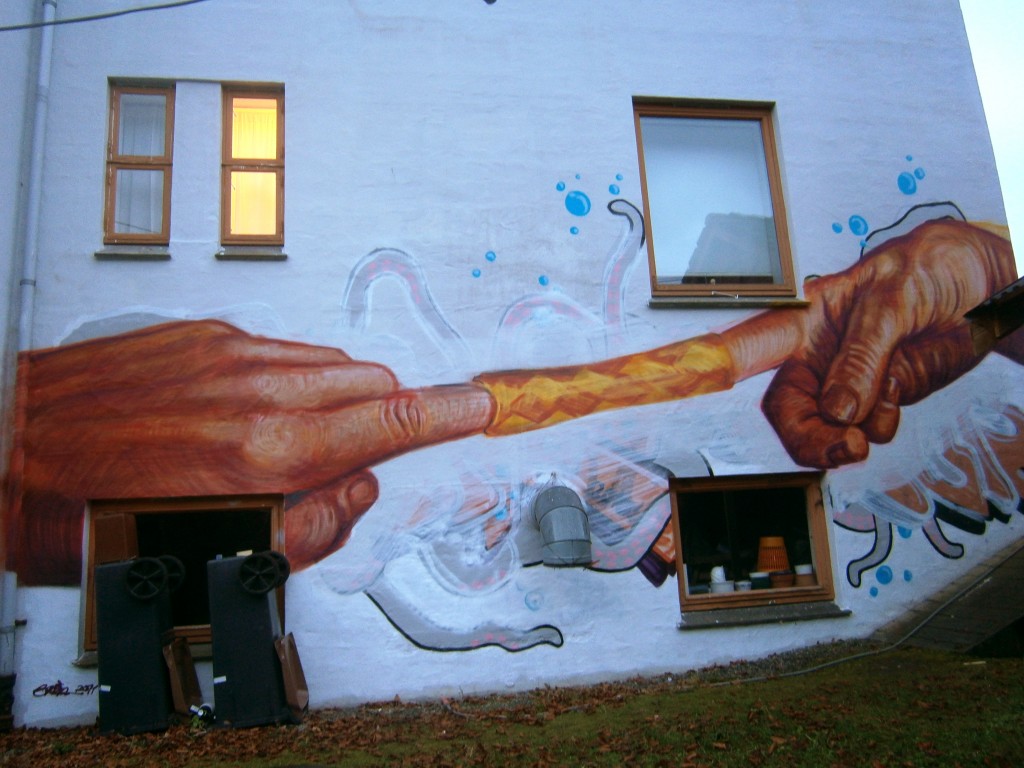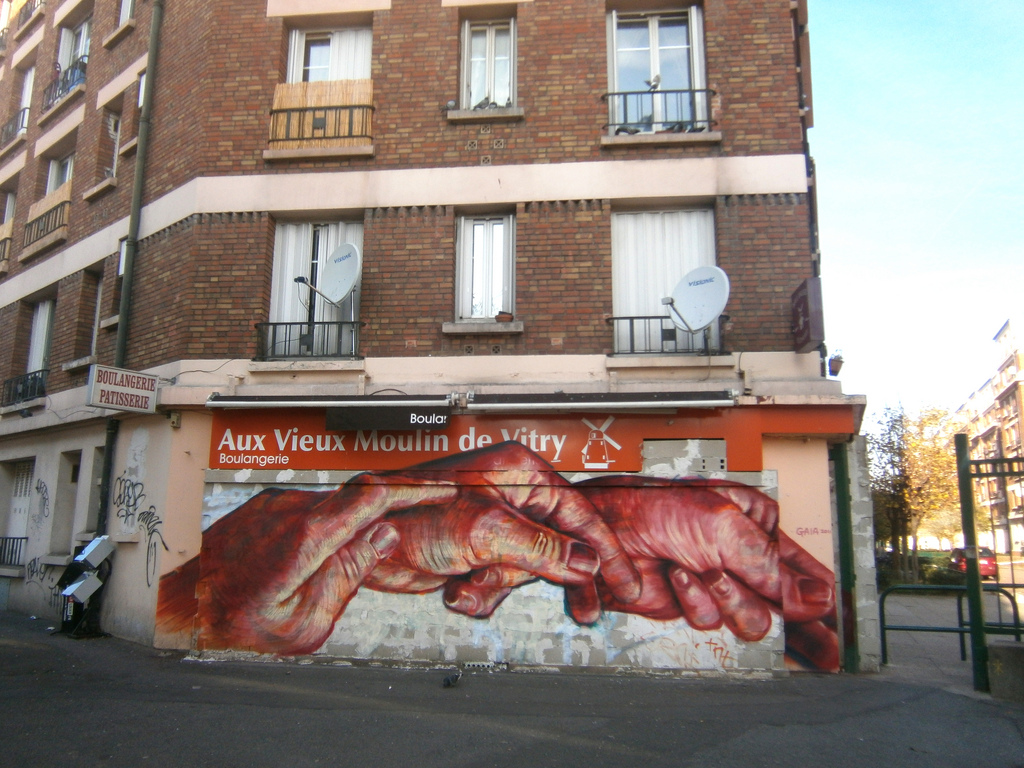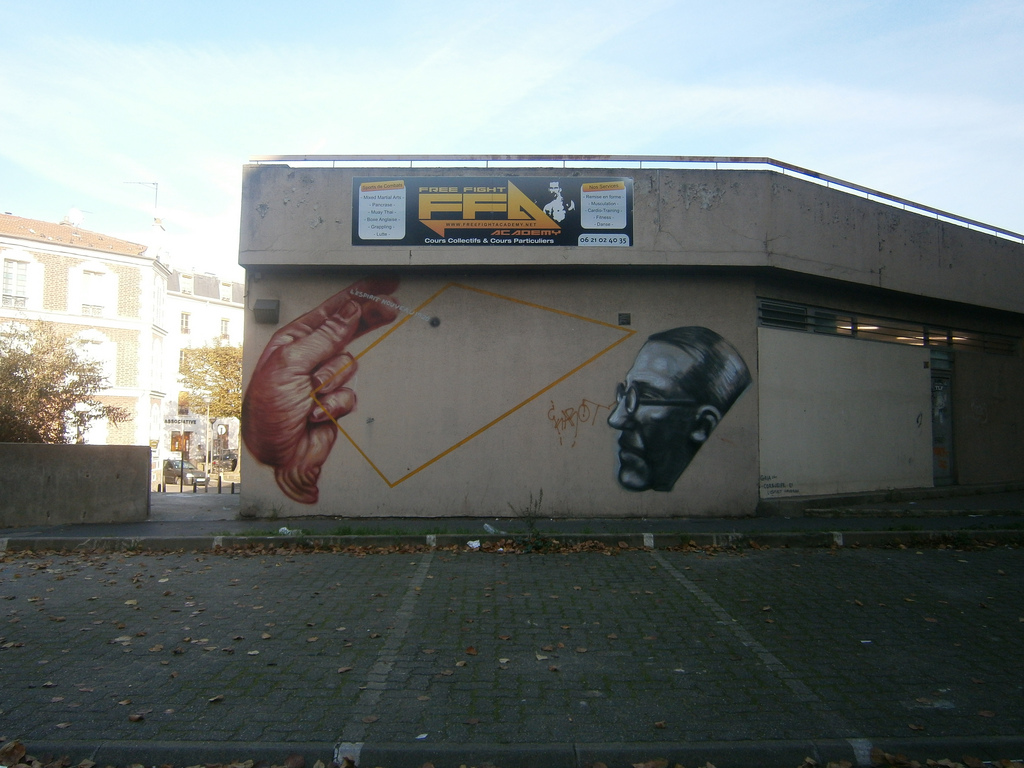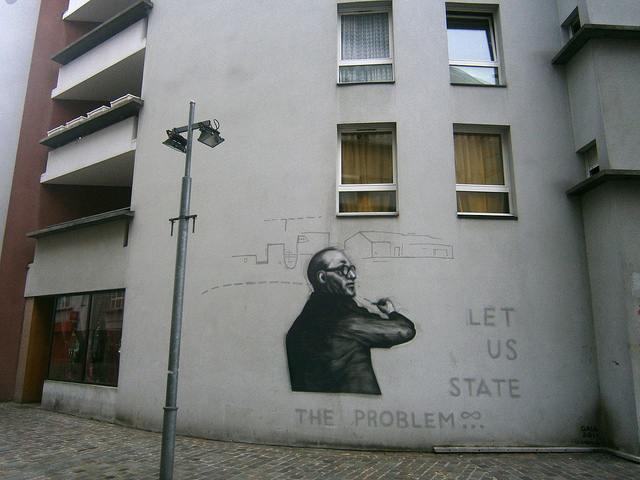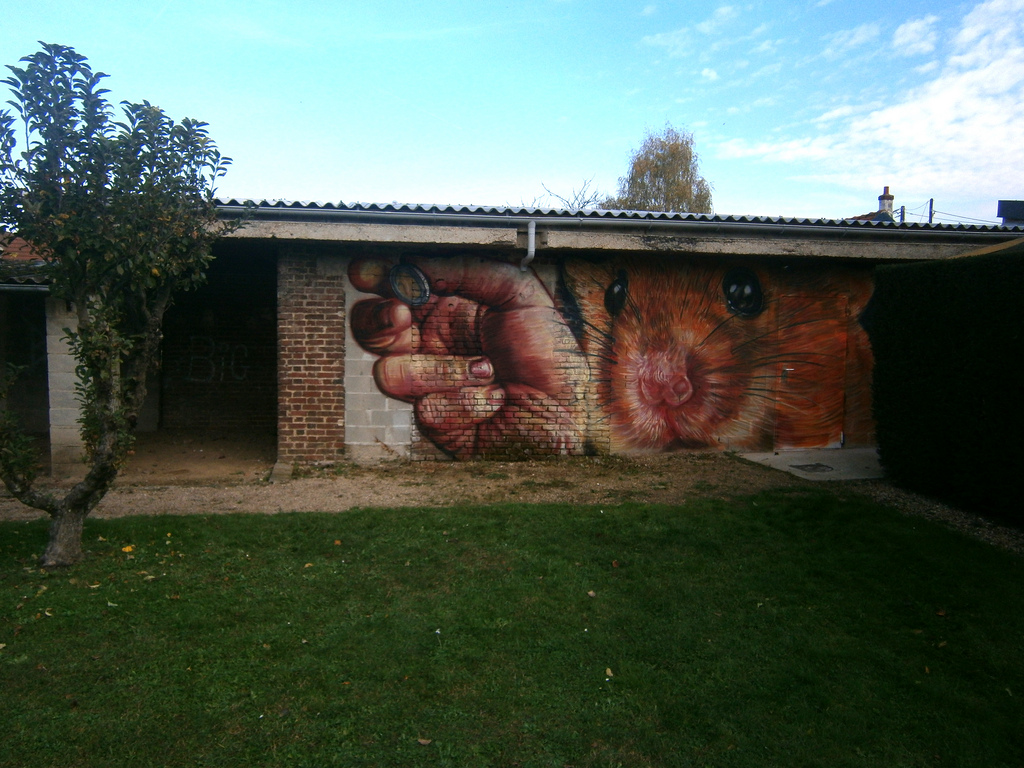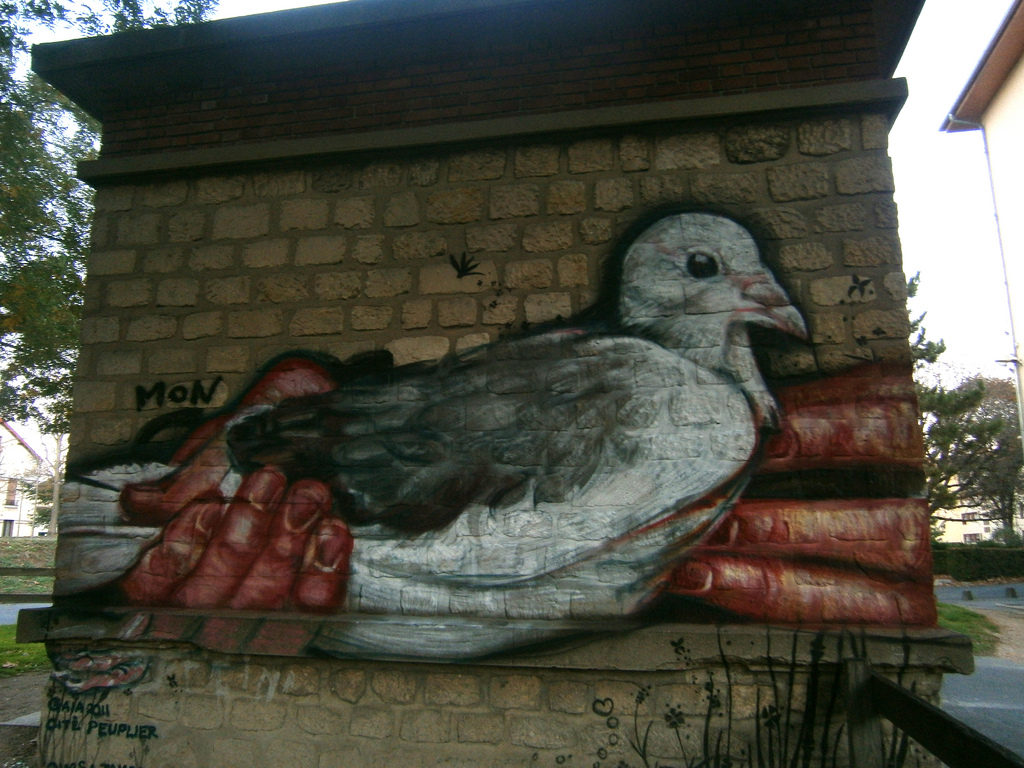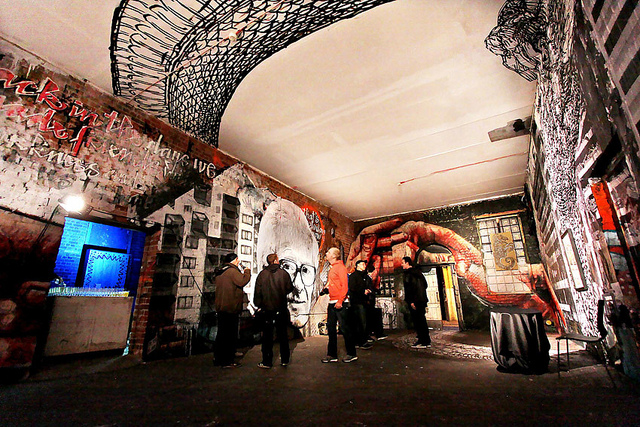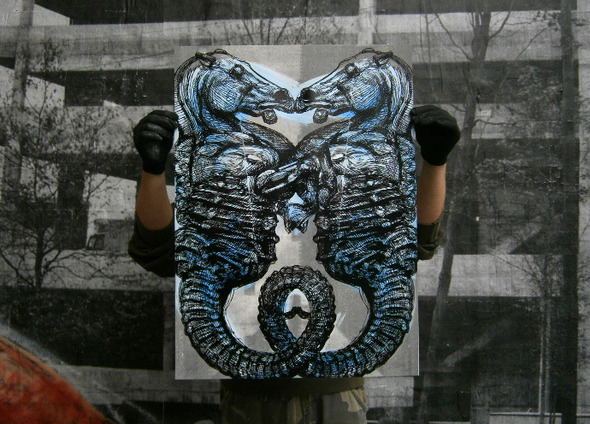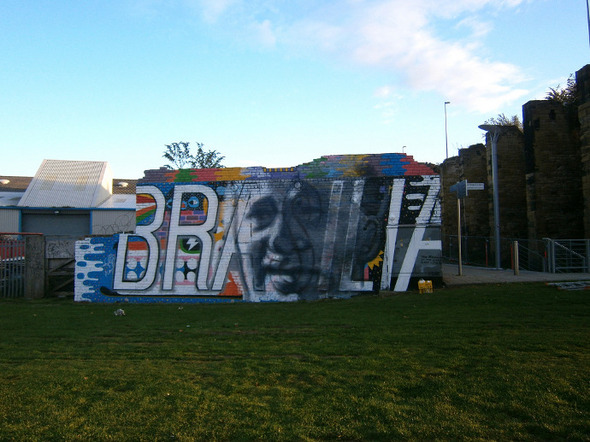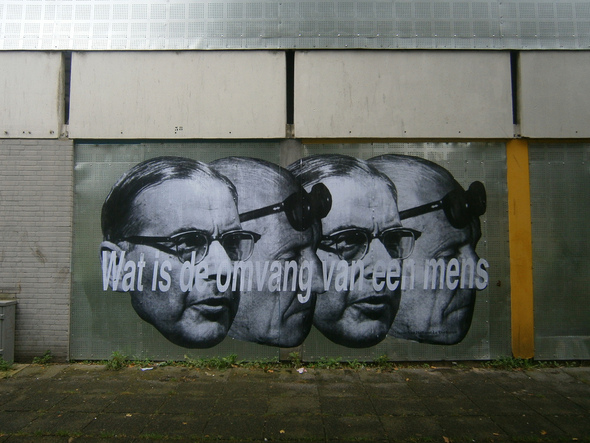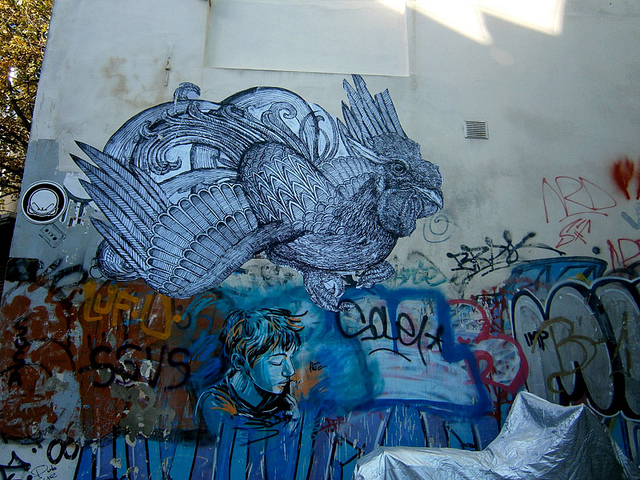Tony Goldman was a developer and preservationist acclaimed for revitalizing neighborhoods in Miami and New York. Long after South Beach was considered past its prime, Goldman Properties turned the sleepy, moth-ridden strip into one of the most glamorous destinations in the United States. He has also been accredited with endeavors to salvage Center City Philadelphia and SOHO in New York. But what does the death and life of a great American businessman have anything to do with street art? Because Goldman’s interest in street art and graffiti late in his illustrative career has spawned some of the most prestigious and contentious mural projects in the world. One of Tony’s more recent rejuvenation projects is the Wynwood Walls compound: a museum of murals flanked by two upscale restaurants, cordoned off from the street and protected by security. This lush oasis or mausoleum, depending on your perspective, has been the beachhead for Wynwood’s transformation into an arts district fueled by the feverish energy of Art Basel Miami. In an interview with the New York Times, Tony explained that he felt Wynwood had “an urban grit that was ready to be discovered and articulated.”
This quote is perfectly representative of Street Art’s slow growth into a movement that manages to simultaneously encompass the smallest illegal act to the colossal legal wall. While the story of the avant-garde getting over and becoming the establishment is an old cycle that is endlessly vilified and reenacted, Wynwood Walls, the infamous Houston Street Wall and Goldman Properties’ recent collaboration with the Philadelphia Mural Arts Program are distinctly American approaches to mural making and Street Art. Tony Goldman not only recognized the potential in neighborhoods otherwise disregarded as blighted, but realized the exciting promise that sanctioned walls had for his properties.
Via the Miami New Times
Photo by Wallyg

